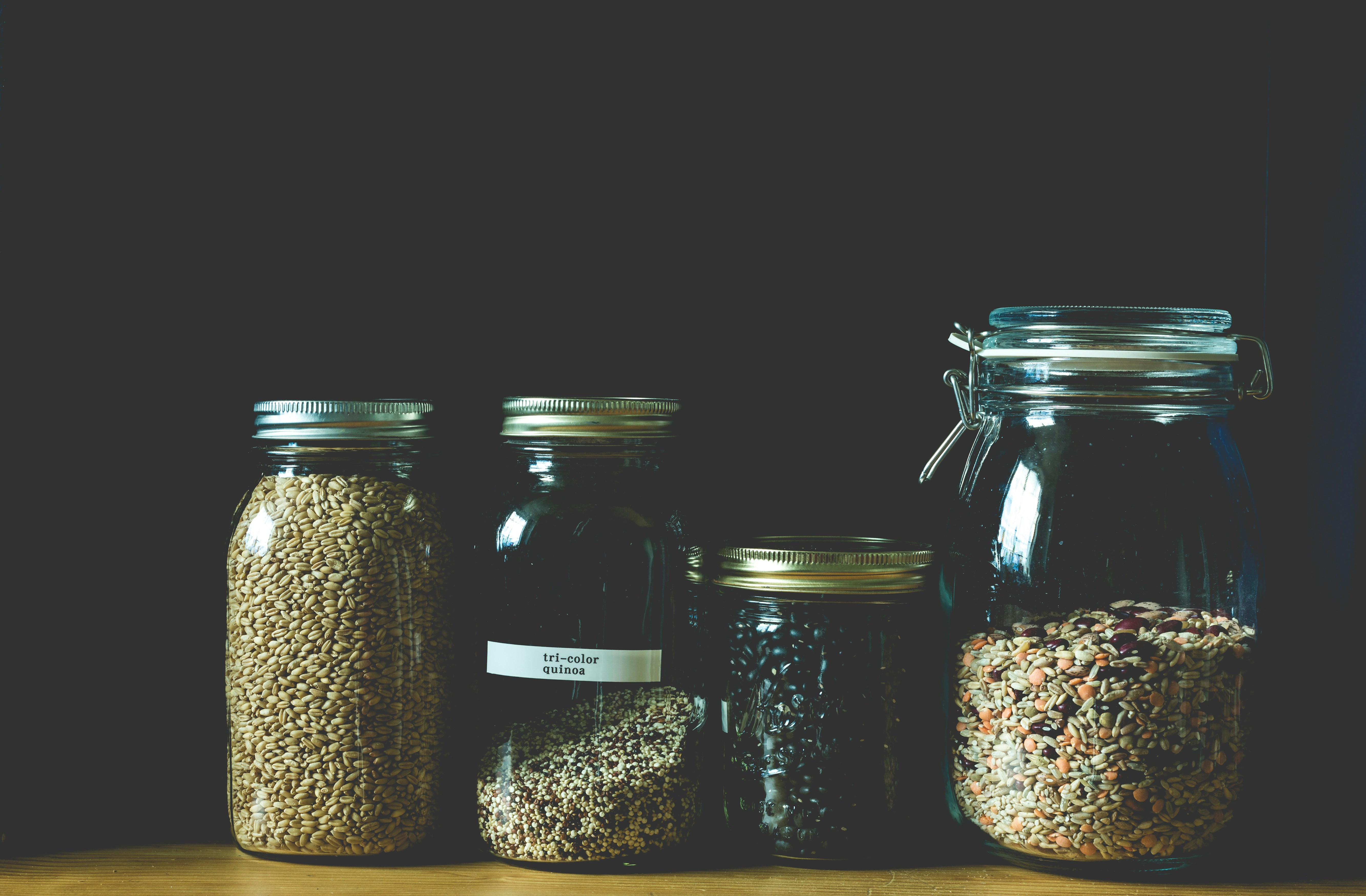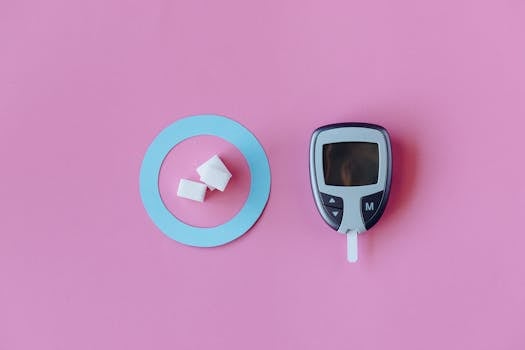Unlock the Power of the O Positive Blood Type Diet
Nov 12, 2024
If you're an individual with O positive blood type, you might have heard about the potential benefits of following a specific diet plan tailored to your genetic makeup. The O Positive Blood Type Diet, popularized by Dr. Peter J. D'Adamo, suggests that people with different blood types have unique nutritional needs and respond differently to certain foods. In this comprehensive guide, we'll explore the principles of the O Positive Blood Type Diet, its potential benefits, and provide practical tips for incorporating it into your lifestyle.
Understanding the O Positive Blood Type Diet
The Origins and Principles
The O Positive Blood Type Diet is based on the concept of the Blood Type Diet, developed by Dr. Peter J. D'Adamo in his book "Eat Right for Your Type." According to D'Adamo, individuals with different blood types have varying abilities to digest and metabolize certain foods due to their unique genetic makeup. The diet recommends specific food choices and lifestyle habits based on one's blood type.
The Rationale Behind the O Positive Blood Type Diet
Individuals with the O positive blood type are believed to have descended from hunter-gatherers who thrived on a diet rich in lean protein and low in grains and dairy products. D'Adamo suggests that people with this blood type may have a more efficient metabolism for digesting and utilizing animal proteins, while struggling with the breakdown of carbohydrates and lectins found in certain plant-based foods.
Foods to Eat and Avoid on the O Positive Blood Type Diet
Recommended Foods
Lean Proteins: Lean meats (beef, lamb, turkey, chicken), fish, and eggs are encouraged as they provide essential nutrients and are easily digestible for those with O positive blood type.
Vegetables: Most vegetables, especially those with a low lectin content, such as leafy greens, broccoli, cauliflower, and peppers, are recommended.
Fruits: Most fruits, particularly those with a low glycemic index, like berries, apples, and citrus fruits, are allowed.
Nuts and Seeds: Certain nuts and seeds, such as walnuts, almonds, and pumpkin seeds, are permitted in moderation.

Foods to Avoid or Limit
Grains: Wheat, corn, and other gluten-containing grains are generally discouraged due to their high lectin content, which can cause digestive issues for individuals with O positive blood type.
Legumes: Beans, lentils, and peanuts are restricted due to their high lectin content and potential for causing inflammation.
Dairy Products: Cow's milk and most dairy products are not recommended as they may contribute to weight gain and digestive issues for those with O positive blood type.
Processed Foods: Highly processed foods, fast food, and foods high in added sugars and unhealthy fats should be avoided.
Potential Benefits of the O Positive Blood Type Diet
Weight Management
The O Positive Blood Type Diet emphasizes lean proteins, vegetables, and fruits, which can promote a feeling of fullness and support weight management goals. By limiting carbohydrates and processed foods, individuals may experience improved insulin sensitivity and reduced cravings.
Improved Digestion
By avoiding foods high in lectins, such as grains and legumes, individuals with O positive blood type may experience reduced digestive issues like bloating, gas, and discomfort. The diet's focus on lean proteins and vegetables can also support a healthy gut microbiome.
Reduced Inflammation
The O Positive Blood Type Diet encourages the consumption of anti-inflammatory foods like leafy greens, berries, and omega-3-rich fish, while limiting pro-inflammatory foods like processed meats and refined carbohydrates. This may help reduce overall inflammation levels in the body.
Potential Disease Risk Reduction
Some proponents of the Blood Type Diet suggest that following a diet tailored to one's blood type may reduce the risk of certain chronic diseases, such as heart disease, diabetes, and certain types of cancer. However, more research is needed to confirm these claims.
Incorporating the O Positive Blood Type Diet into Your Lifestyle
Meal Planning and Preparation
To successfully follow the O Positive Blood Type Diet, meal planning and preparation are crucial. Start by stocking your kitchen with approved foods and creating a weekly meal plan that incorporates a variety of lean proteins, vegetables, and fruits. Batch cooking and meal prepping can also help you stay on track.
Dining Out and Social Situations
Dining out and social situations can be challenging when following a specific diet. Research restaurants in advance and look for menu options that align with the O Positive Blood Type Diet guidelines. When attending social events, consider bringing a dish that you can enjoy or politely decline foods that don't fit your dietary needs.
Staying Motivated and Seeking Support
Making dietary changes can be challenging, and staying motivated is essential. Consider joining a support group or online community for individuals following the O Positive Blood Type Diet. Celebrate your successes, and don't be discouraged by setbacks. Remember that consistency is key to achieving long-term results.
Potential Drawbacks and Considerations
Limited Scientific Evidence
While the Blood Type Diet has gained popularity, the scientific evidence supporting its claims is limited. Most health organizations and experts do not endorse blood type-specific diets, as there is a lack of robust, peer-reviewed research to support their effectiveness.
Restrictive Nature
The O Positive Blood Type Diet can be quite restrictive, eliminating entire food groups like grains, legumes, and most dairy products. This can make it challenging to maintain a balanced and varied diet, potentially leading to nutrient deficiencies if not carefully planned.
Individual Variations
It's important to remember that individuals can respond differently to dietary changes, even within the same blood type group. Factors such as age, gender, activity level, and overall health status can influence how one's body responds to a specific diet.
Seeking Professional Guidance
Consult a Healthcare Professional
Before making significant dietary changes, it's always advisable to consult with a healthcare professional, such as a registered dietitian or a physician. They can evaluate your individual needs, medical history, and provide personalized guidance on whether the O Positive Blood Type Diet is appropriate for you.
Work with a Certified Nutritionist
If you decide to follow the O Positive Blood Type Diet, consider working with a certified nutritionist or dietitian who is familiar with the principles of the diet. They can help you create a balanced and sustainable meal plan that meets your nutritional needs while adhering to the diet's guidelines.
Conclusion
The O Positive Blood Type Diet offers a unique approach to nutrition based on the concept of tailoring dietary choices to one's genetic makeup. While the scientific evidence supporting its claims is limited, many individuals have reported positive experiences with improved digestion, weight management, and reduced inflammation. However, it's essential to approach any dietary change with caution and seek professional guidance to ensure you're meeting your nutritional needs. If you're considering the O Positive Blood Type Diet, consult with a healthcare professional and explore Tidalflow's AI personal training solutions for personalized support and guidance on your journey to optimal health and wellness.
Disclaimer: This article is for informational purposes only and does not substitute professional medical advice. Consult a healthcare provider for personalized recommendations.
You should not have to do it all on your own













